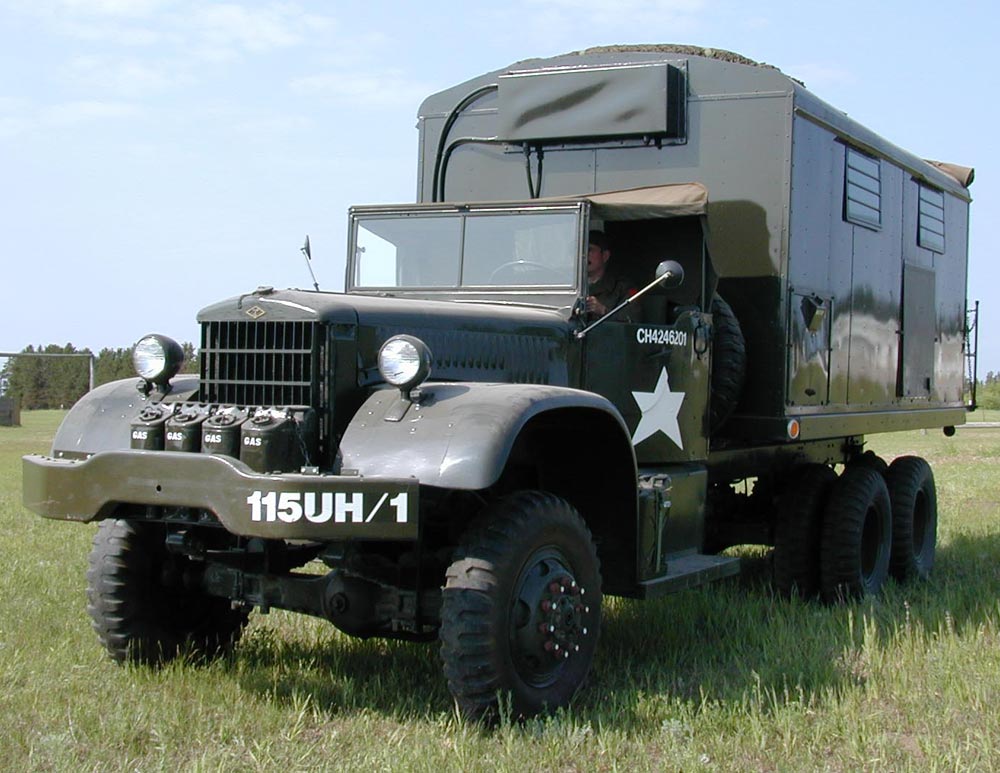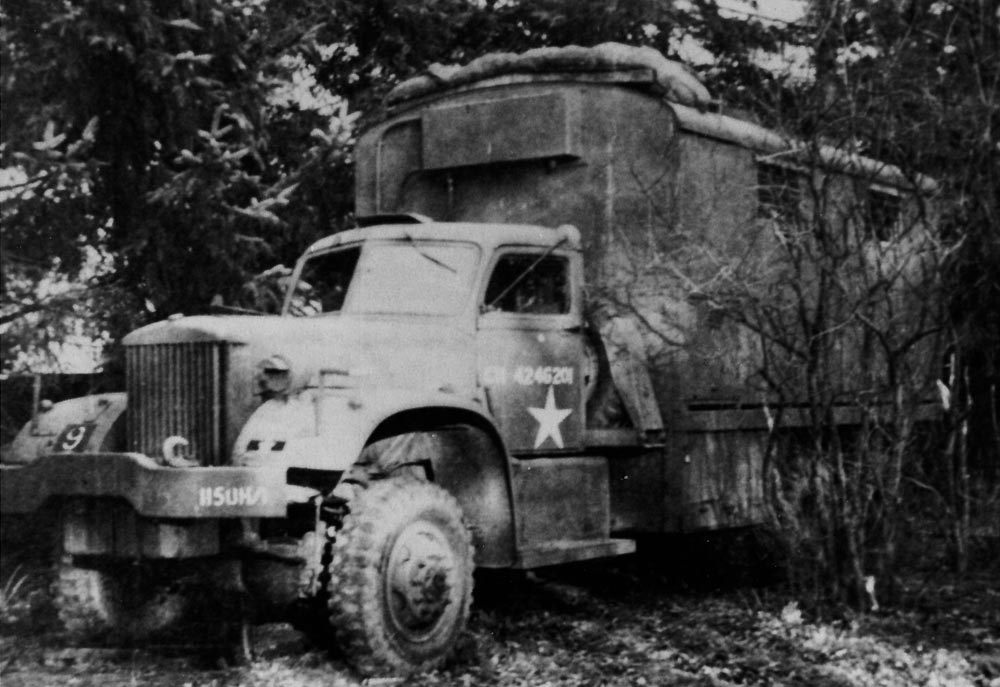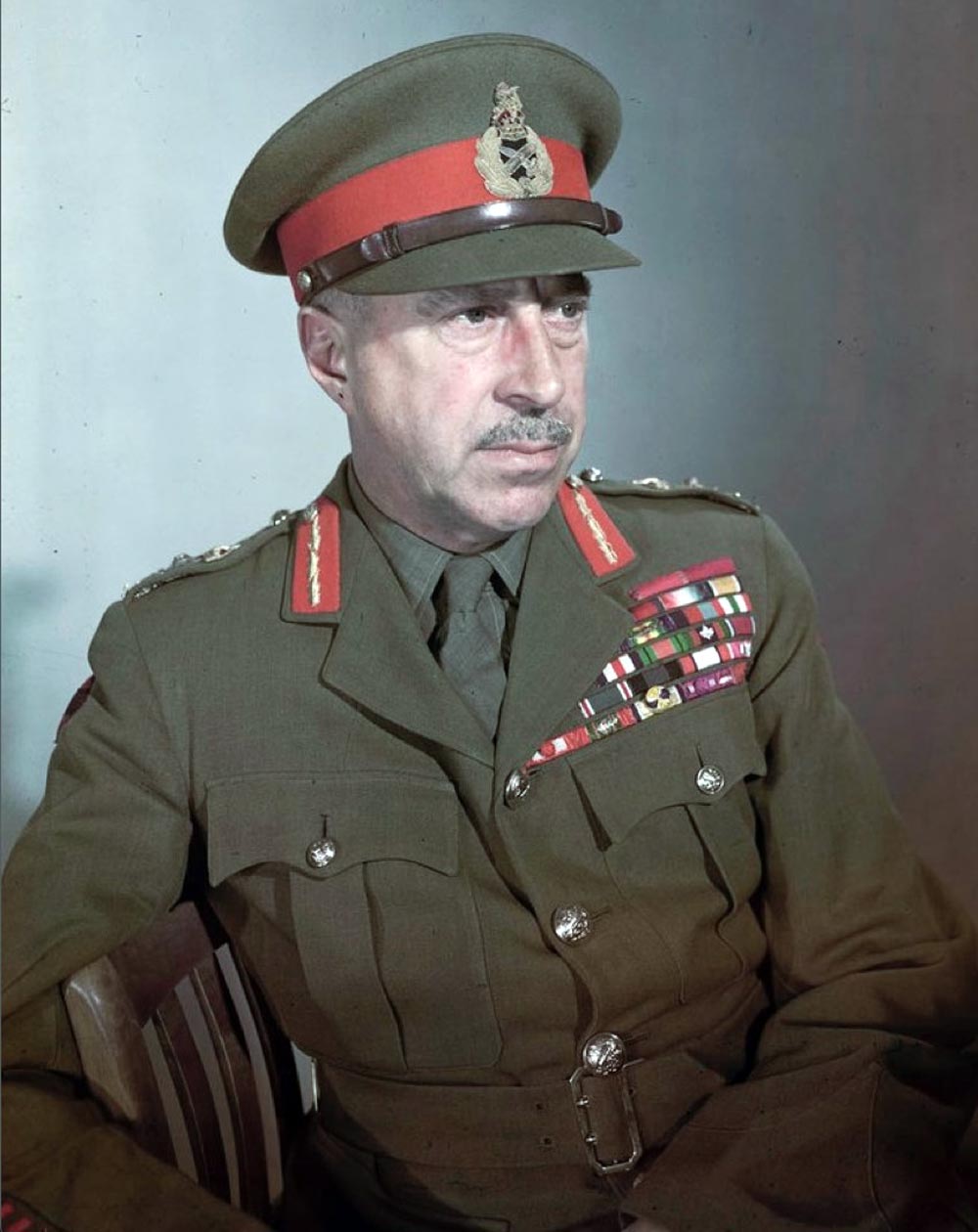
From the abandoned caravan left to collect dust in an Ontario auto-wrecking yard, to what it looks like today after being restored by the RCA Museum. Gen Harry Crerar was the first Canadian to achieve the rank of General while at the front during the Second World War. Photos RCA Museum
Andrew Oakden
Stag Special
In 1989, CFB Shilo BComd Col Walton said the Crerar Caravan was “one of the most important Canadian military artifacts from the Second World War.”
The caravan was the field living quarters of Gen Harry Crerar, who had the distinction of being the first Canadian commander of the Canadian Army during the Second World War.
Who was Gen Crerar? Born in 1888 and died in 1965, he was an outstanding military general who commanded the Canadian Forces during the Second World War.
On March 20, 1944, “Uncle Harry” as his staff called him, assumed command of the First Canadian Army. He was the first Canadian to achieve the rank of General while at the front.
His contribution to the war effort was immense. The battles he led had a major impact on the Allied war effort. He is one of the most decorated — PC, CH, CB, DSO, CD — and revered military leaders in Canadian history.
After fighting in two world wars and 35 years of military service, he retired from the military in 1946.
From his caravan, Gen Crerar conducted meetings with distinguished guests such as King George VI, British Prime Minister Winston Churchill and US Gen Montgomery.
In September 1945, after the war ended, the Canadian Army shipped the caravan back to Canada, where Gen Crerar planned for the vehicle to tour Canada to promote the military and then go to a major museum.
Instead, the military processed the caravan for disposal. For years, it sat abandoned collecting dust.
In 1980, Dr. Bill Gregg discovered the caravan in an auto-wrecking yard in Ontario. Six years later, he donated the caravan to the RCA Museum, where it was refurbished. It was in bad shape with parts of the roof missing.
During the Second World War, they placed the caravan on a Diamond T, six-wheeled, four-tonne chassis with a hard-topped cab.
In the 1980s, during the restoration process, they used the same model of Diamond T chassis, but with the wrong cab. They used a soft-topped cab, instead of a hard-topped version.
The RCA Museum now has a hard-topped cab to replace the soft-topped one. Our plan is to switch the cabs when time and resources permit.
The caravan has its place in history — it’s notable and worth remembering. Regarding the caravan, Col Walton wrote: “it’s the memories of what happened inside, the ghosts of the past that make it so important.”
It provides us with memories of Gen Crerar, and it helps us to make sense of the Allied victory during that war. It reflects on many of Canada’s proudest moments and is an important part of Canadian history and heritage.



